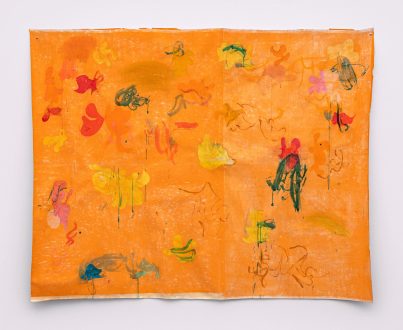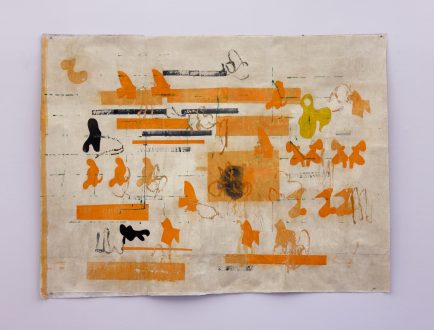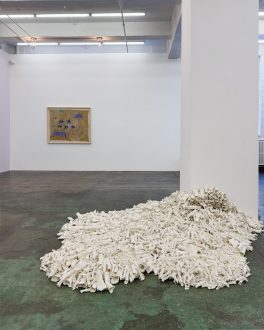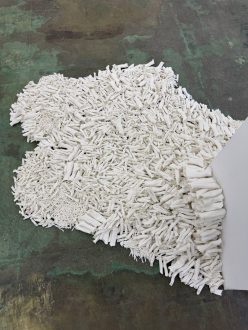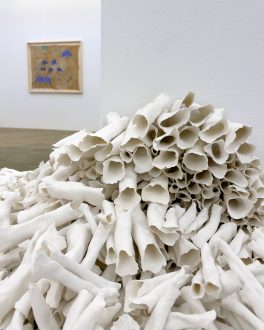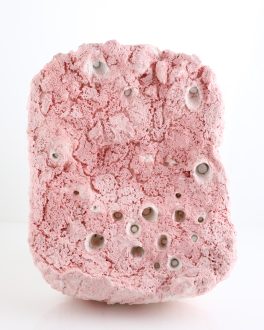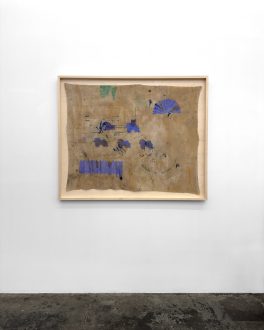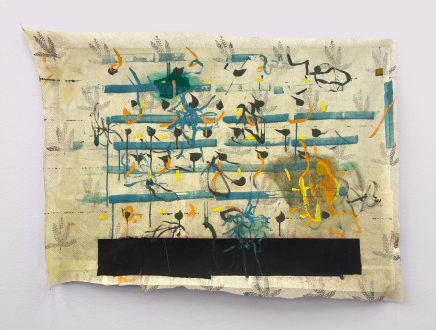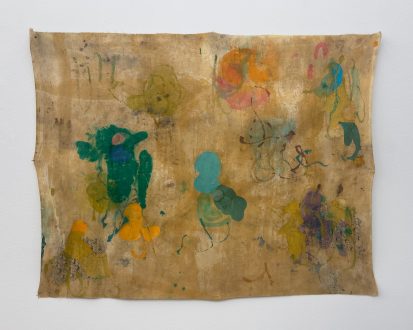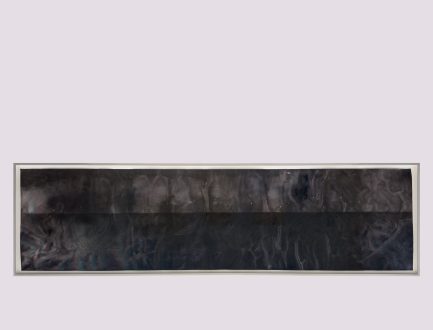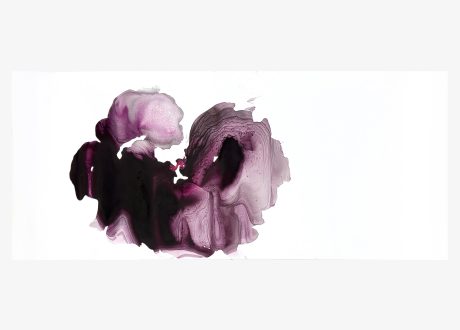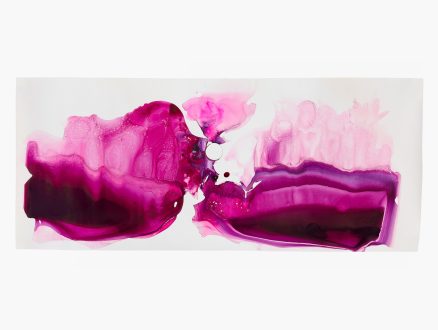transfiguration, -mutation, -formation (Works)
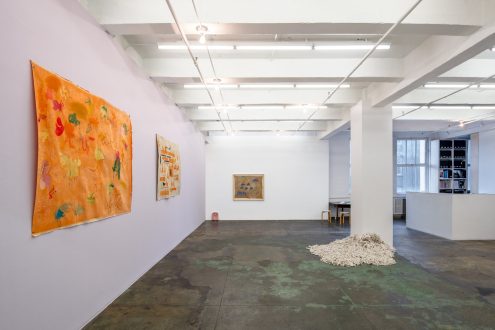
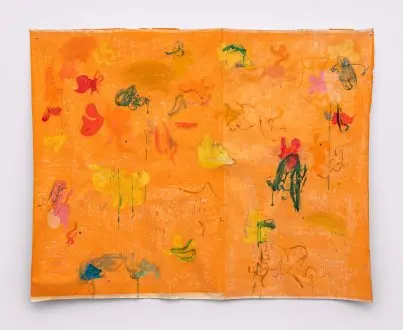 Bow & down, 2024. Gouache, chalk, coloured paper transfer on paper glued on cotton. 147 × 189 cm.">
Bow & down, 2024. Gouache, chalk, coloured paper transfer on paper glued on cotton. 147 × 189 cm.">
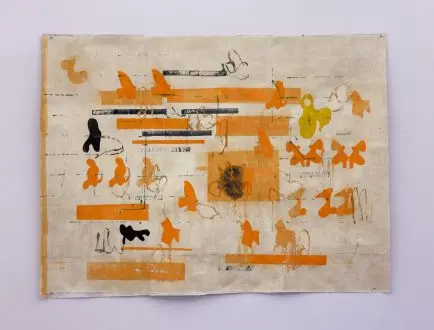 Orange Peel, 2025. Gouache on cotton cloth, 172 × 127 cm.">
Orange Peel, 2025. Gouache on cotton cloth, 172 × 127 cm.">
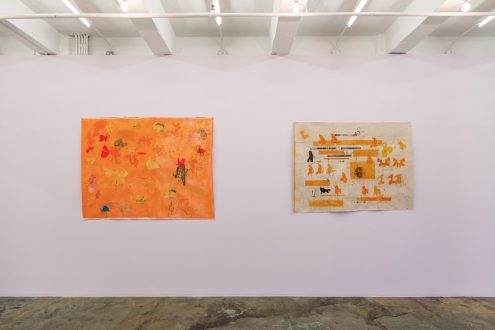
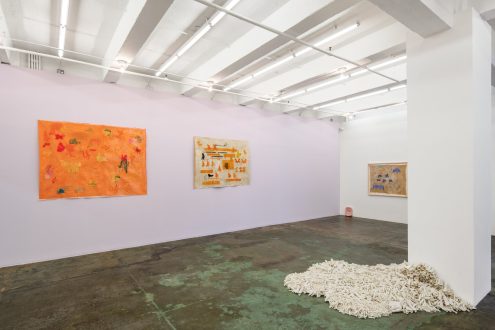
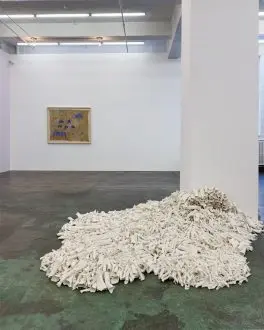 Shape-shifting Field, 2014-2015. Porcelain, paper, clay, variable dimensions. Fired at 1260°C. 8620 individual pieces.">
Shape-shifting Field, 2014-2015. Porcelain, paper, clay, variable dimensions. Fired at 1260°C. 8620 individual pieces.">
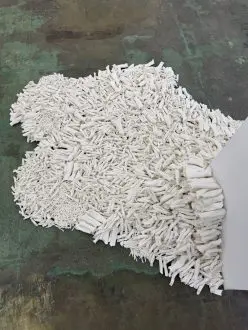 Shape-shifting Field, 2014-2015. Porcelain, paper, clay, variable dimensions. Fired at 1260°C. 8620 individual pieces.">
Shape-shifting Field, 2014-2015. Porcelain, paper, clay, variable dimensions. Fired at 1260°C. 8620 individual pieces.">
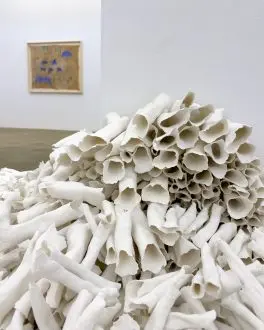 Shape-shifting Field (detail), 2014-2015. Porcelain, paper, clay, variable dimensions. Fired at 1260°C. 8620 individual pieces.">
Shape-shifting Field (detail), 2014-2015. Porcelain, paper, clay, variable dimensions. Fired at 1260°C. 8620 individual pieces.">
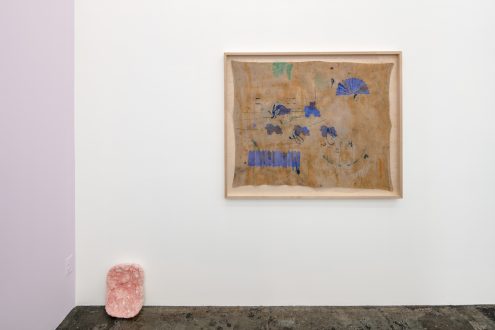
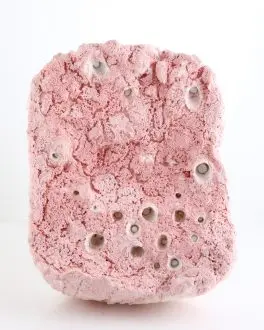 Liminal entity 1, 2016. Porcelain, paper, clay, and stain base slip, 4 × 10 ½ × 13 ½ inches">
Liminal entity 1, 2016. Porcelain, paper, clay, and stain base slip, 4 × 10 ½ × 13 ½ inches">
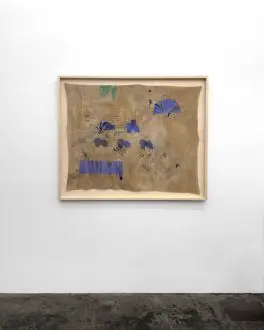 moli, 2025. Gouache on cotton cloth, 120 × 95 cm.">
moli, 2025. Gouache on cotton cloth, 120 × 95 cm.">
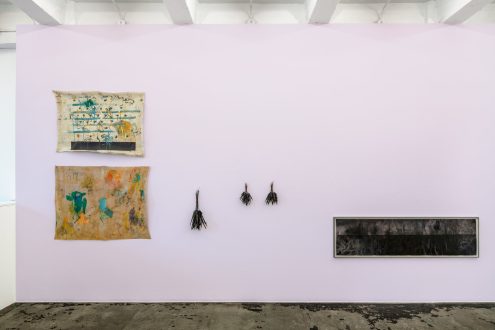
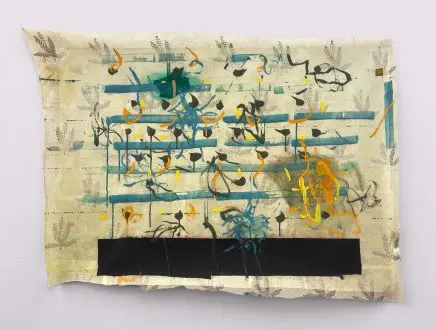 note, 2025. Gouache on cotton cloth, 114 × 91 cm.">
note, 2025. Gouache on cotton cloth, 114 × 91 cm.">
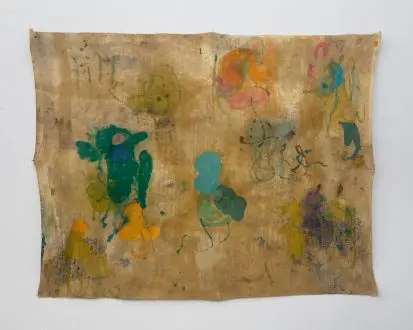 At low hertz, 2025. Gouache on cotton cloth, 120 × 91 cm.">
At low hertz, 2025. Gouache on cotton cloth, 120 × 91 cm.">
 Resurgō 1, 2, and 3, 2019. Manganese Dioxide based clay-body, Calcium carbonate based glaze, slips and Platinum.
Post firing additions: Rust, silver leaf, iron wire, copper wire, dyed hemp twine and epoxy
Fired at 1220°C and re-fired at 750°C. 13 × 5 × 3 inches">
Resurgō 1, 2, and 3, 2019. Manganese Dioxide based clay-body, Calcium carbonate based glaze, slips and Platinum.
Post firing additions: Rust, silver leaf, iron wire, copper wire, dyed hemp twine and epoxy
Fired at 1220°C and re-fired at 750°C. 13 × 5 × 3 inches">
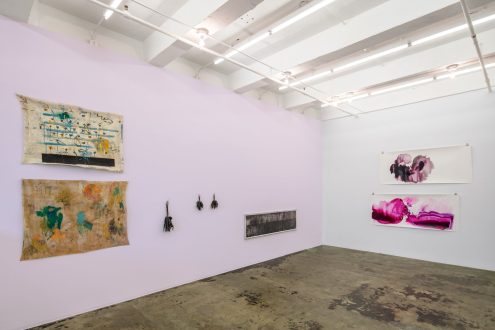
 Untitled, 2016 ink on paper 50 × 180 cm">
Untitled, 2016 ink on paper 50 × 180 cm">
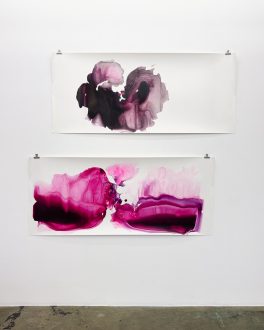
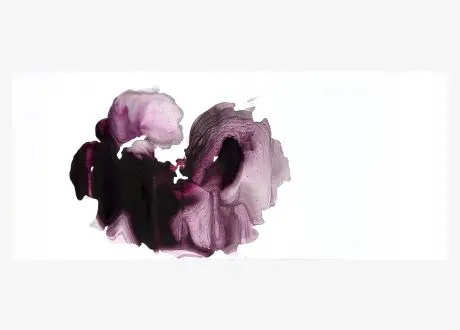 Seed, 2023. Ink on paper, 30 × 69 inches.">
Seed, 2023. Ink on paper, 30 × 69 inches.">
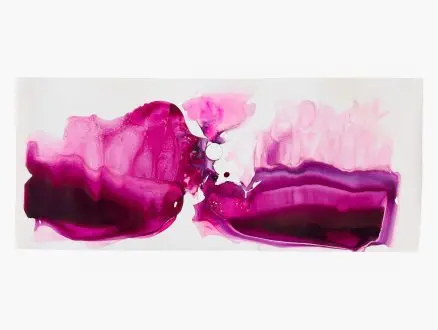 Purple Light, 2024 Ink on paper 30 × 71 inches">
Purple Light, 2024 Ink on paper 30 × 71 inches">
Selected Works
Goutam Ghosh, Savia Mahajan and Aditi Singh
Opens March 21, 2025 from 6 - 8:30 pm
transfiguration, -mutation, -formation Press Release
Thomas Erben is proud to present transfiguration, -mutation, -formation, a three person show with works by Goutam Ghosh, Savia Majahan and Aditi Singh. Though these artists’ practices differ in medium, aesthetic character and philosophical grounding, their works speak to the power of process, the mutability of form and the possibility of unison with energies far more encompassing than their individual selves.
All three artists are currently based in India, and while Aditi Singh (b. 1976, Gauhati) exhibited with the gallery in 2016 and 2018, Goutam Ghosh’s (b. 1979, Nabadwip) work was first seen in New York at the New Museum’s 2021 Triennial. This is the inaugural US appearance of Savia Mahajan (b. 1980, Mumbai), whose work was included in Phaidon’s 2024 Great Women Sculptors.
Aditi Singh’s ink drawings, which at first glance might seem like the result of natural processes, are actually mindful organic constructions. They are formed as the artist explores how ink shifts while manoeuvered on paper with a glass pen, how it settles, where it is absorbed, where it slips, and finally flows beyond the control of her hand. It is a finely tuned balance between manipulation and abandon. Influenced by Yogic concepts, poetry and scriptures, Singh creates these works in a condition of utter emotional and perceptual presence, through an uninterrupted, though highly cognizant state of connection with the object. From a philosophical perspective, Singh’s approach aims to make her Self permeable to the flow of energies – seemingly dissolving it – while at the same time pointing to the highly individualized energy it represents.
In stark contrast, Savia Mahajan creates form through decay and destruction. Using experimental techniques to produce her sculptures, the artist may – for example – collect organic materials, books or other detritus and steep these – often over prolonged periods of time – in slips, preparations of liquid clay or porcelain. Once absorbed and fired, with the objects burned away, these emerge as new sculptural forms, which – in their often fossilized appearance – seem to exist outside of time and space. For this exhibition, Mahajan contributes the floor installation, Shape – Shifting Field, an accumulation of more than 8,000 hollow tubes fashioned from porcelain paper clay, which is formally defined by its location.
Similarly untethered from time in appearance are Goutam Ghosh’s paintings, gouache on paper works mounted on fabric. Catherine David, in a conversation with the artist at the occasion of Ghosh’s 2019 exhibition at the Kunsthaus Hamburg (video here), described his collections of gestures as palimpsests – overlays of citations – rather than representations, relating to the artist’s interests in geological time, mathematics, biology and esoteric sciences. Though Ghosh collaborates with specialists in their respective fields, he accesses knowledge in his capacity as an artist, eschewing segmentation for an older understanding of science as Art, as interrelating fields of knowledge. As David further elaborates, Ghosh’s pieces connect with tradition without folk anecdotes or ethnic markers. They operate in “cultural time”, the abstract space in-between.
The works in this exhibition exude a quietness, a delay in reading to slow down time. They acquire their physical presence through repetition: abstract rituals of applying layer upon layer of ink, fashioning thousands of porcelain tubes, or accumulating gestures. It is through this repetition, through ritual, that form – in its endless subtleties and myriad nuances of meaning – finally emerges.
